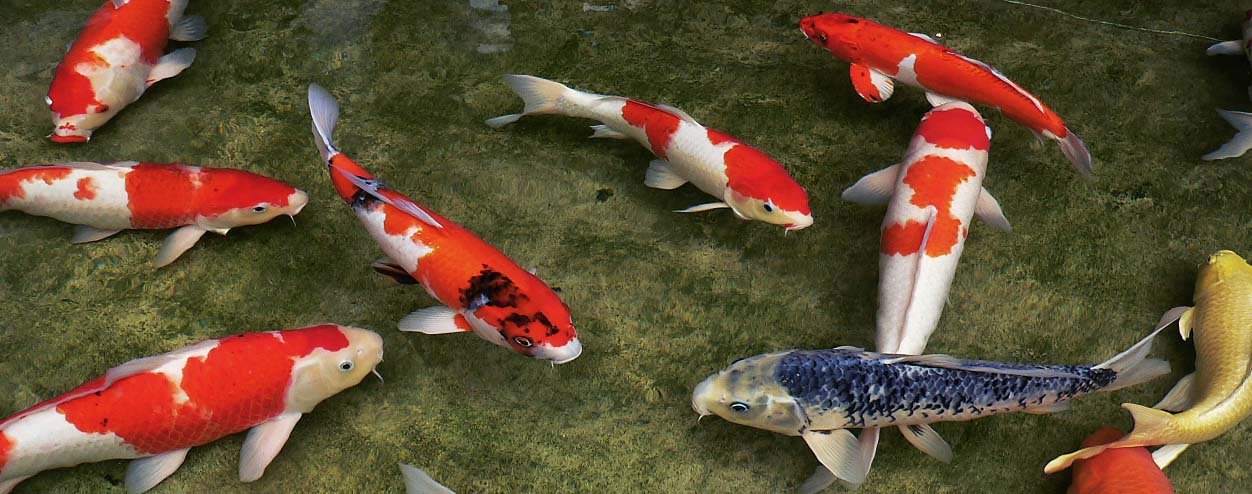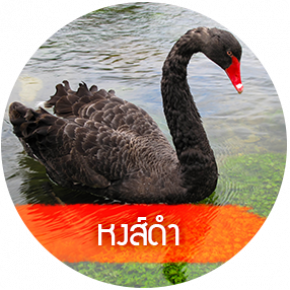FANCY CARP
5329 Views |

Carp are a large group of fish originally found in Central Europe and Asia.
Various carp species were originally domesticated in East Asia,
where they were used as food fish. Carp are coldwater fish, and their ability
to survive and adapt to many climates and water conditions allowed
the domesticated species to be propagated to many new locations,
including Japan. Natural color mutations of these carp would have occurred across all populations.
Carp were first bred for color mutations in China more than a thousand years ago,
where selective breeding of the
Prussian carp (Carassius gibelio) led to the development of the goldfish.
The common carp was aquacultured as a food fish at least as long ago as the
fifth century BC in China, and in the Roman Empire during the spread of Christianity in Europe.
Common carp were bred for color in Japan in the 1820s, initially in the town of Ojiya
in the Niigata prefecture on the northeastern coast of Honshu island. By the 20th century, a number of color patterns had been established, most notably the red-and-white Kohaku.
The outside world was not aware of the development of color variations in koi until 1914,
when the Niigata koi were exhibited at an annual exposition in Tokyo. From that time,
interest in koi spread throughout Japan. It was from this original handful of koi that
all other Nishikigoi varieties were bred, with the exception of the Ogon variety
(single colored, metallic koi) which was developed relatively recently.
The hobby of keeping koi eventually spread worldwide.
Koi are now sold in many pet aquarium shops, with higher-quality fish available
from specialist dealers. Koi varieties are distinguished by coloration, patterning, and scalation.
Some of the major colors are white, black, red, yellow, blue, and cream.
While the possible colors are virtually limitless, breeders have identified and named
a number of specific categories. The most notable category is Gosanke,
which is made up of the Kohaku, Taisho Sanshoku, and Showa Sanshoku varieties.
Various carp species were originally domesticated in East Asia,
where they were used as food fish. Carp are coldwater fish, and their ability
to survive and adapt to many climates and water conditions allowed
the domesticated species to be propagated to many new locations,
including Japan. Natural color mutations of these carp would have occurred across all populations.
Carp were first bred for color mutations in China more than a thousand years ago,
where selective breeding of the
Prussian carp (Carassius gibelio) led to the development of the goldfish.
The common carp was aquacultured as a food fish at least as long ago as the
fifth century BC in China, and in the Roman Empire during the spread of Christianity in Europe.
Common carp were bred for color in Japan in the 1820s, initially in the town of Ojiya
in the Niigata prefecture on the northeastern coast of Honshu island. By the 20th century, a number of color patterns had been established, most notably the red-and-white Kohaku.
The outside world was not aware of the development of color variations in koi until 1914,
when the Niigata koi were exhibited at an annual exposition in Tokyo. From that time,
interest in koi spread throughout Japan. It was from this original handful of koi that
all other Nishikigoi varieties were bred, with the exception of the Ogon variety
(single colored, metallic koi) which was developed relatively recently.
The hobby of keeping koi eventually spread worldwide.
Koi are now sold in many pet aquarium shops, with higher-quality fish available
from specialist dealers. Koi varieties are distinguished by coloration, patterning, and scalation.
Some of the major colors are white, black, red, yellow, blue, and cream.
While the possible colors are virtually limitless, breeders have identified and named
a number of specific categories. The most notable category is Gosanke,
which is made up of the Kohaku, Taisho Sanshoku, and Showa Sanshoku varieties.
credit picture : petheng2013.com
Related content
Powered by
MakeWebEasy.com



